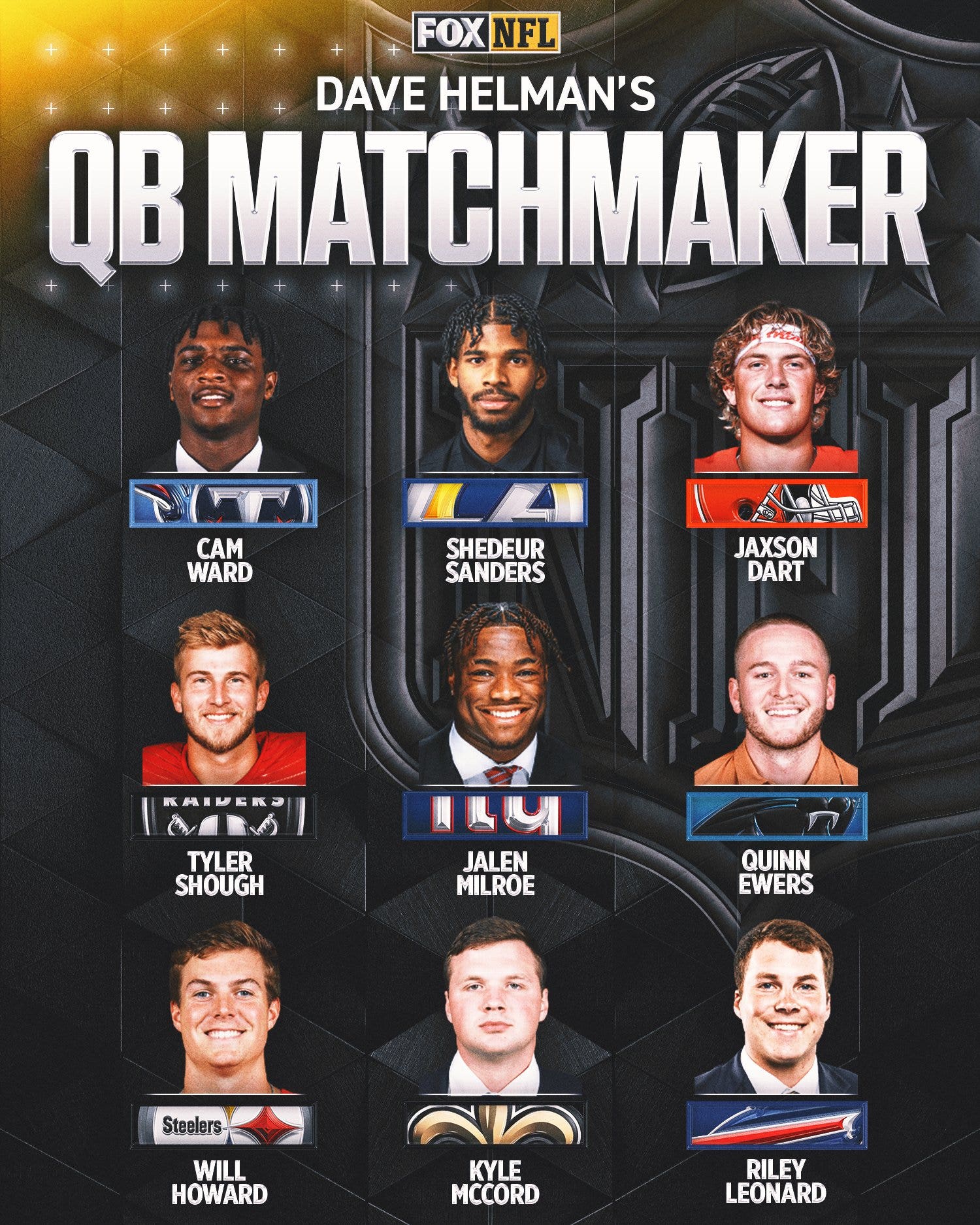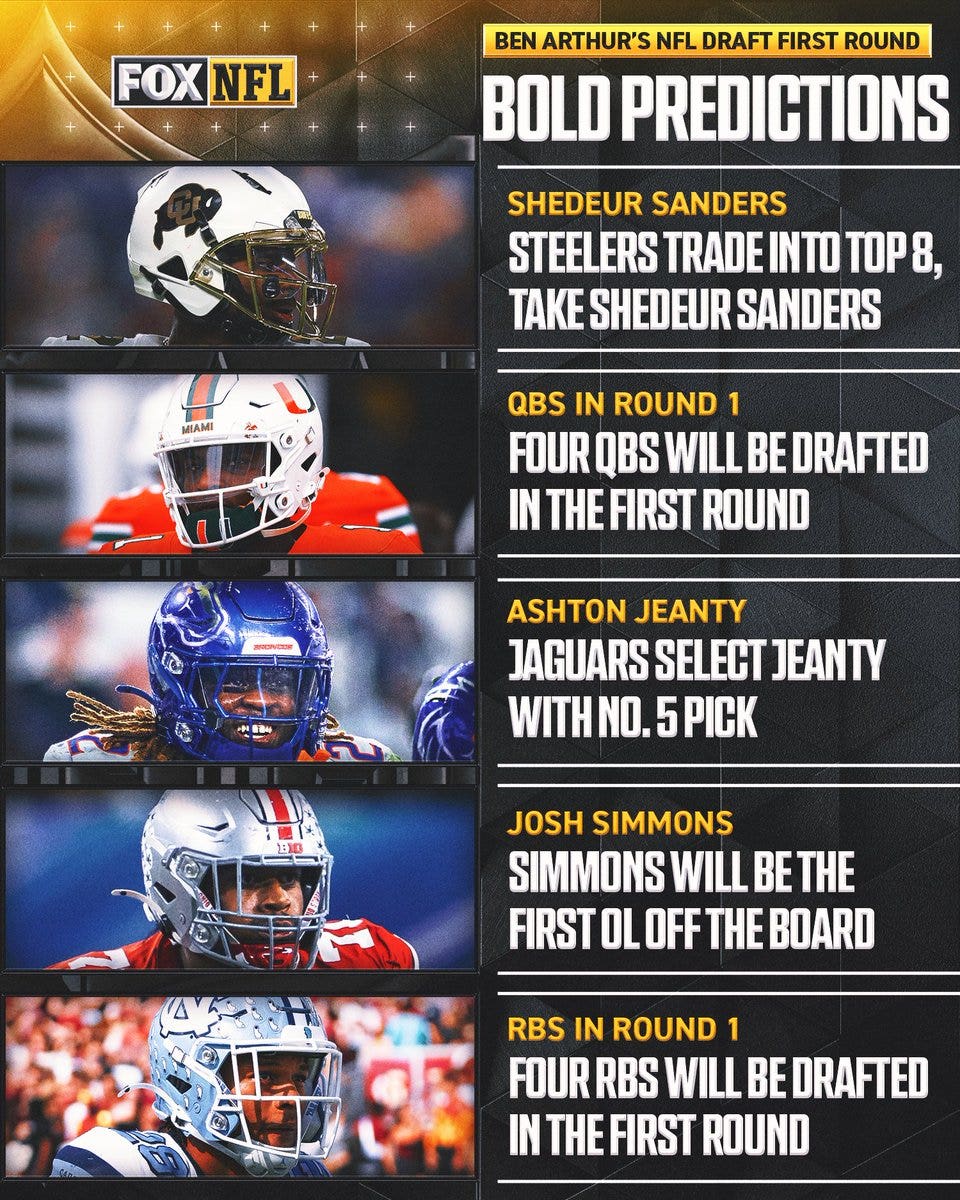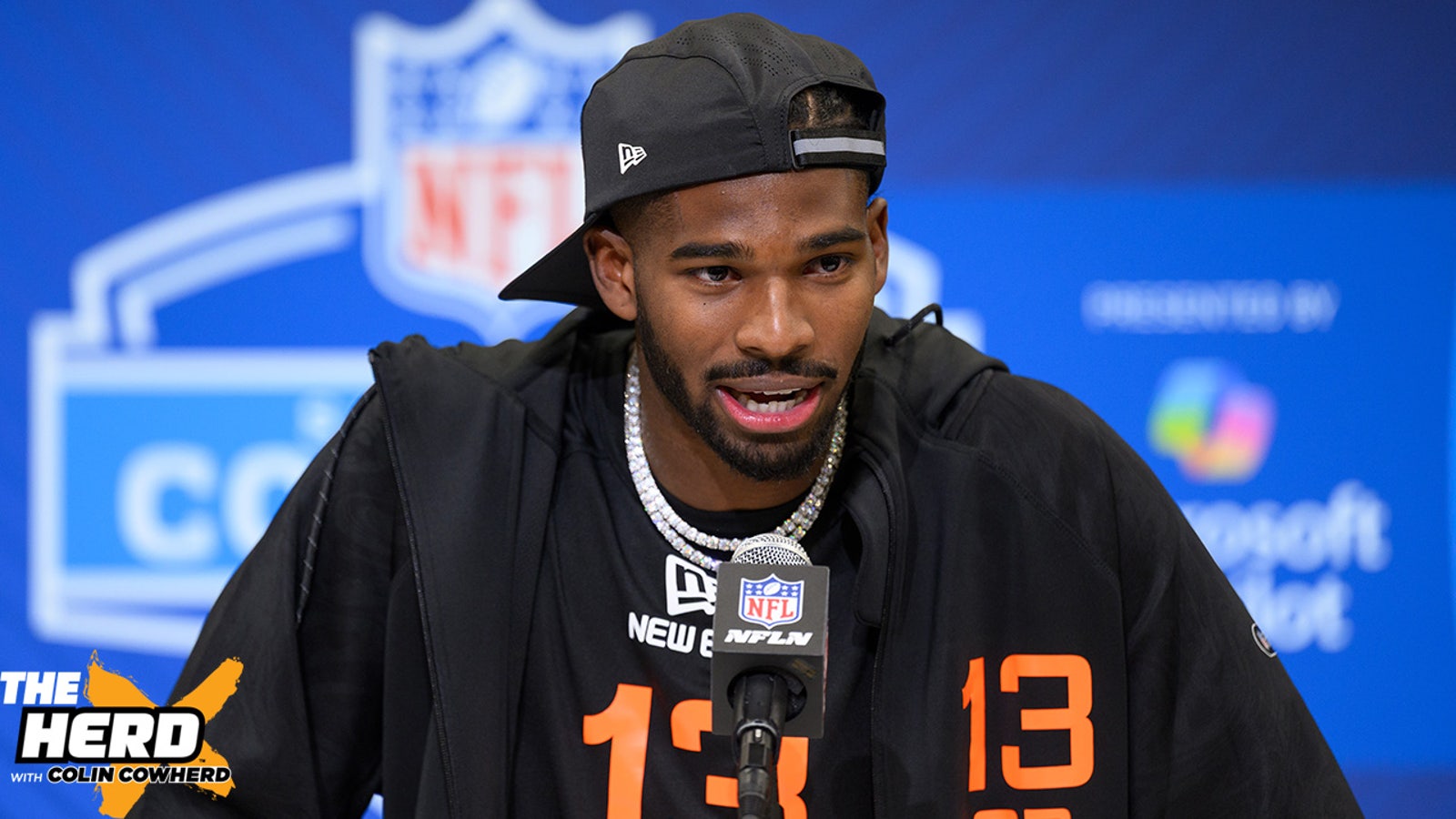‘Not special to me’: Why Shedeur Sanders might experience a draft day slide

<!–>
After being hailed as a top-10 pick for most of the pre-draft process, Colorado’s Shedeur Sanders is expected to come off the board much later than anticipated. Despite being considered as one of the four candidates vying for the No. 1 overall pick in the 2025 NFL Draft, the flamboyant passer could end up as the QB3 of the class, with some teams viewing Ole Miss signal-caller Jaxson Dart and others viewed as a better option on the board.
“Sanders is not special to me,” said an AFC executive. “His talent is not much different from the next tier of quarterbacks that includes (Tyler) Shough, (Jaxson) Dart, (Jalen) Milroe and (Kyle) McCord.”
While I am dumbfounded at the apparent slide of a four-year starter with an impressive resume and a pro-ready game, the NFL scouting community has struggled to identify and develop franchise quarterbacks. Moreover, the league has watched countless first-round quarterbacks falter in environments that were not conducive to their talents.
Given the buzz regarding Sanders’ declining stock, it is the perfect time to study the 6-foot-1, 215-pounder to remind the football world why the Colorado standout should still flourish as a starting quarterback in a league that is seemingly dismissing his talents. As the most natural thrower in the draft, Sanders excels at throwing pinpoint passes with exceptional touch and timing. His ability to anticipate his target’s whereabouts enables him to squeeze the ball into tight windows without possessing elite arm strength.
ADVERTISEMENT
–>
Though his skeptics have painted him as a noodle-armed thrower, Sanders’ superb accuracy and ball placement enable him to “throw receivers open” on anticipatory throws into congested areas. The Colorado standout’s superb ball placement and accuracy have allowed him to win as a knuckleball pitcher in a fastball era.
There are plenty of concerns over Sanders’ propensity to drift out of the pocket and take unnecessary sacks, but the seasoned veteran makes most of his egregious errors when he holds onto the ball too long, hunting big plays or the pocket crumbles due to poor offensive line execution. However, the occasional miscues showcase Sanders’ limited mobility and lack of improvisational wizardry. If the original play is snuffed out by the defense, he is unable to erase the mistake with an impromptu scramble or off-platform throw that embodies the “hero ball” the league loves to see from elite quarterbacks.
While Sanders’ limitations eliminate designed quarterback runs from the playbook and place more pressure on the play-caller to win the chess match against the defensive coordinator, his high IQ and vast collegiate experience should enable the offense to feature more pre-snap audibles and packaged plays with various options to counteract any defensive look. Moreover, Sanders’ intelligence and schematic mastery should lead to an expansive “check with me” system that allows the offensive coordinator to blend various tempos, keeping defenders on their heels when facing a multi-faceted offense directed by a young, football savant.
The effusive praise comes from watching Sanders turn around Jackson State and Colorado with his outstanding performance from the pocket. As a two-time SWAC champion, he guided Jackson State to a 23-3 record with a perfect mark (16-0) in conference play. He exhibited maturity beyond his years, transforming a downtrodden program into a national power under his direction. With Sanders’ clutch playmaking in late-game situations helping the Tigers reach back-to-back appearances in the Celebration Bowl (HBCU National Championship Game), the four-year senior flashed the poise and patience to handle franchise quarterback duties early in his career.
At Colorado, Sanders’ resilience bouncing back from a disappointing junior campaign to guide the Buffaloes to a bowl game should encourage evaluators to gamble on his competitive spirit and toughness. Despite the glitz and glamour surrounding the squad, he led an underdog to the brink of the Big 12 title and an appearance in the College Football Playoff. In a league that values winning over everything else, Sanders’ pedigree and performance should set him apart from others.
With a resume that features 14,000-plus passing yards, a 70.1-percent completion rate and a 134-to-27 touchdown-to-interception ratio, Sanders’ production matches his on-field performance as a franchise player. Granted, the numbers are not everything in an evaluation; it is rare for a prospect to thrive as a pro when they have not dominated at the collegiate level.

Looking at Sanders’ game, it reminds me a lot of what I saw in Jared Goff as he emerged as a Pro Bowler with the Los Angeles Rams and Detroit Lions. From their managerial skills to the way that they operate within the pocket as touch/timing passers, the similarities between the two stand out when I evaluate their tape.
Goff is the perfect muse for a team looking to build around Sanders as a pro. With a talented supporting cast with multiple playmakers on the perimeter, a sturdy offensive line in front of him and a creative play-caller willing to design an offense around his strengths as a rhythm passer with outstanding accuracy, the former No. 1 overall pick has become the blue-chip player that some envisioned when he entered the league.
Sanders could enjoy a similar trajectory as a pro with the right team under the direction of a coach who respects his talent, toughness and intangibles. Though it appears a legion of scouts and coaches have dismissed the Colorado standout’s potential as a QB1, it only takes one team and coach to identify Sanders as a game-changer.
Surveying the landscape, if Sanders does not go off the board when the New York Giants and New Orleans Saints pick, he could slide to the bottom of the first round, with the Pittsburgh Steelers and Los Angeles Rams being logical destinations. Though a fall to the bottom of the first round would shock the football world, the opportunity to latch onto a playoff contender with better talent and organization structure could help the polarizing prospect realize his potential as a pro.
Bucky Brooks is an NFL analyst for FOX Sports. He also breaks down the game for NFL Network and as a cohost of the “Moving the Sticks” podcast. Follow him on Twitter @BuckyBrooks.
<!–>
recommended

Get more from National Football League Follow your favorites to get information about games, news and more
–>




